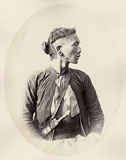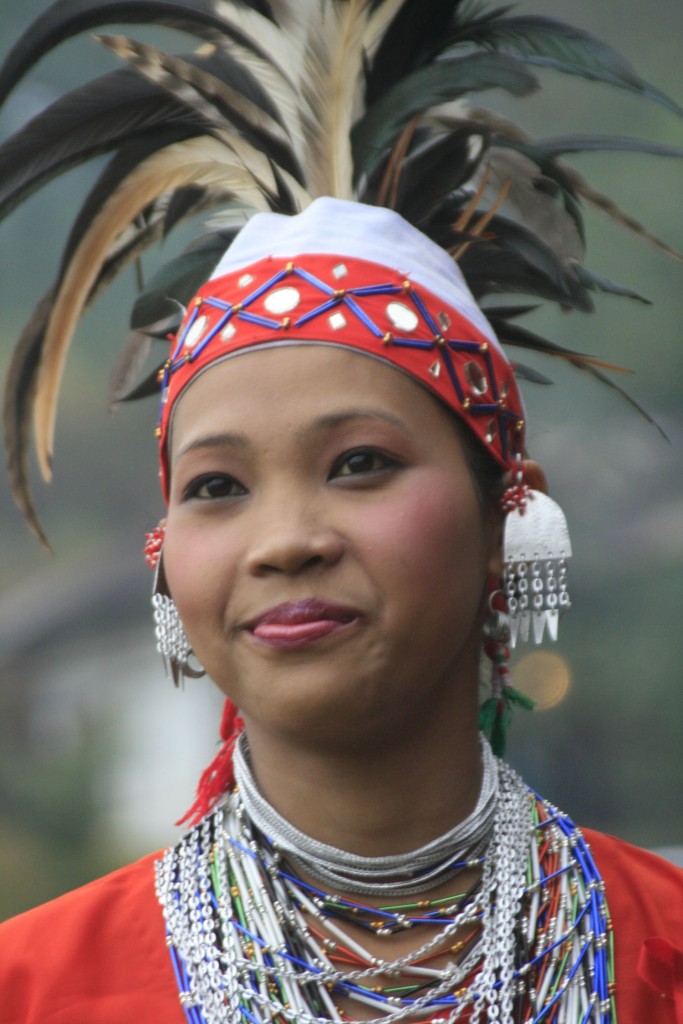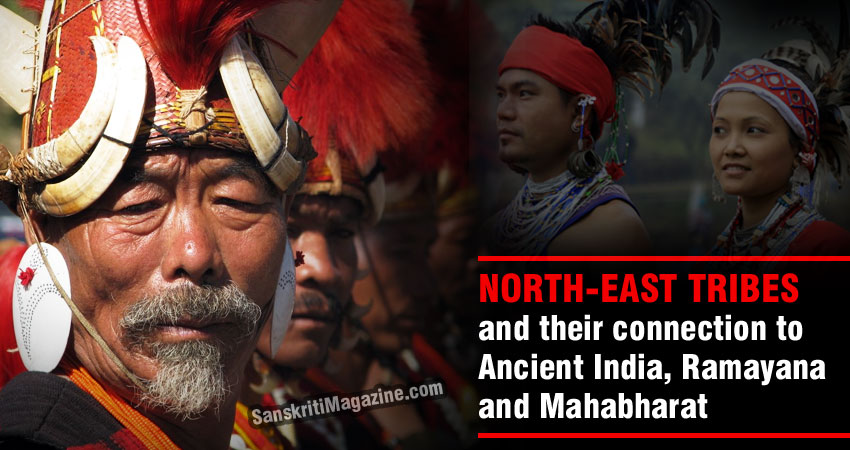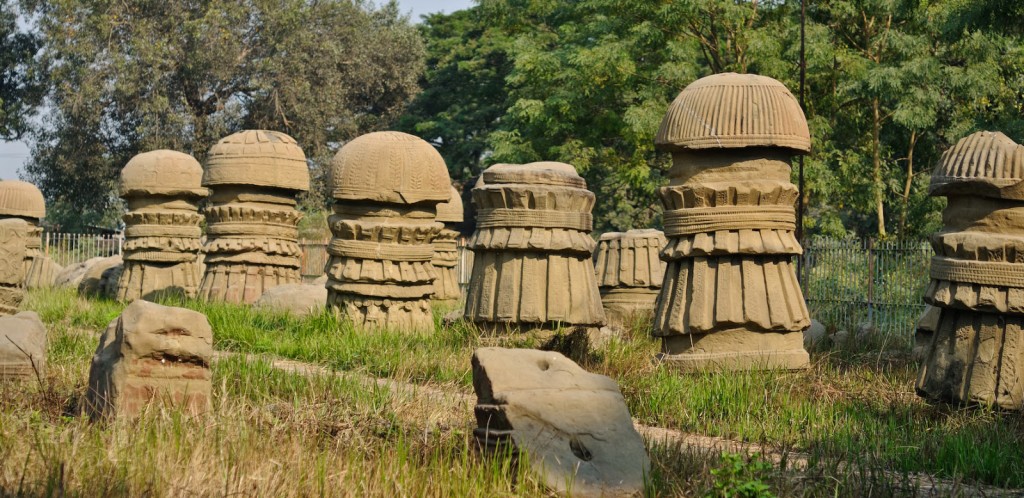The various tribes in the North East which are constantly teased as being Chinese by the rest of India are actually indigenous to the land. Many of them not only believe themselves an integral part of Mahabharata and Ramayana but also continue to follow their traditions to date.
Out of the 54 tribes of Arunachal Pradesh, there is a tribe called Idu Mishmi which considers itself to be from the lineage of Krishna’s wife, Rukmini. Their fables tell tales of Rukmini as the princess of current day Bhishmanagar. The King, her father was Bhishmak and she had a brother named Rukmi.
 When Rukmini fell in love with Krishna, Rukmi strongly opposed the marriage and arranged for her to marry Shishupal to form an alliance. Rukmini, hearing of this agreement, secretly sent a message to Lord Krishna to come and rescue her.
When Rukmini fell in love with Krishna, Rukmi strongly opposed the marriage and arranged for her to marry Shishupal to form an alliance. Rukmini, hearing of this agreement, secretly sent a message to Lord Krishna to come and rescue her.
As they were eloping, Rukmi caught up to the two and in the duel that ensued, lost to Krishna. When Krishna was about to kill him, Rukmini begged to have her brother’s life spared. Krishna agreed but as punishment, shaved Rukmi’s head with his Sudarshana Chakra – a visible sign of defeat – and let him go free.
The Idu Mishmi tribe has a characteristic style of chopping their hair due to which they are called Chulikatas. It is explained as an act of punishment inflicted by Krishna for the initial resistance offered to the marriage which later became the mark of honour.
The Idu Rukmini is highly venerated by them as Inyi Maselo or Great Mother.
The most important legendary account connected with the Arunachal tribe of Mishmis is that of the Brahmakunda. It is also popularly known as Parasuram Kunda; for, Parasuram, according to the Kalika Purana came to the Kunda to cleanse himself of the sin he had incurred by slaying his own mother Renuka on his father’s orders. This Kunda is in the heart of the Mishmi area. It is traditionally thought that the Parasuram Kunda as a holy place was originally a Mishmi institution and the Mishmis used to collect toll from the visiting pilgrims.
The Khasi tribe of Meghalaya are famous for their archery skills. However, this archery is peculiar because they use two fingers only in shooting and discharging the arrows in place of a finger and thumb as done by other archers.
Most of the people in the Khasi tribe have never heard of Eklavya but legend has it that one of their ancestors gave up his thumb in Guru Daskshina and therefore the thumb should never be used during archery.
Dimapur is the largest city in Nagaland. Some people believe that this word is a corruption of Hidimbapur, depicting the city of Hidimba of Mahabharata, wife of Bhima and mother of Ghotokacha. He is believed to be the progenitor of Kacharis, a kingdom that was prosperous once in the region. Kachhar dynasty is the descendents of Kirat dynasty described in Mahabharata.
There is a place in Dimapur where huge chess pieces still lie around in dilapidated state. Folklore marks this to be the place where Bhima and Ghotokacha played chess.
Many in the Bodo tribe of Assam consider themselves to be descendants of Brahma and those not converted into Christianity practice Brahmoism.
Another tribe of Assam, the Karbis claim to be the offspring of Sugriva. Karbis believe they came to the Northeast in search of purthemi kungripi (Sita Mata) during the Treta yuga, and failed to return to Ayodhya according to “SABIN ALUN“, a Karbi version of Ramayana.
Here is a Karbi folksong about Sugriva quoted in “Ramakatha in T/F tradition of India”, ASI/Seagull books, Calcutta, 1993:
Sugriva looked below
And saw two youths,
One dark and one fair,
The dark one lying asleep
On the lap of the fair one.
For twelve days and nights
Was the dark one sleeping
On the lap of the fair one
Sugriva mused thus –
From their looks they must be brothers
How one brother is sharing
The other brother’s burden
And here I am,
Fighting my own brother
For a throne—he mused.
Tears rolled down from his eyes.
So runs the song. Quoted
Of the tribal people living in the hills, the Karbis, the Dimasas and the Jaintias are more or less well acquainted with the Ramayana lore.
 Ukhrul in Manipur connects itself with Uloopi, the Naga wife of Arjuna who played a major role as a stepmother to Bhabhruvahana and also in saving Arjuna’s life. Iravan was the son of Arjuna and Uloopi. The Thangkul tribe is well known for its martial arts and they comprise of over 40% of members of National Socialist Council of Nagland that wants to establish their own sovereign state of Nagalim.
Ukhrul in Manipur connects itself with Uloopi, the Naga wife of Arjuna who played a major role as a stepmother to Bhabhruvahana and also in saving Arjuna’s life. Iravan was the son of Arjuna and Uloopi. The Thangkul tribe is well known for its martial arts and they comprise of over 40% of members of National Socialist Council of Nagland that wants to establish their own sovereign state of Nagalim.
These are just a few examples of the ancient connections of Adivasis to the great Indian epics. Were we to dig deeper, it will become quite obvious that all the landmarks in these epics are within the land we call India today.
All in all, India’s indigenous tribes belong to India. Sadly, they have been segregated, used and abused the British Empire who, while ruthlessly suppressing them, imposed their religion and ideology on the people. The post-Independence political parties of India who see these tribal as nothing more than a voting bank haven’t helped much in improving their situation. Thanks to this indifference, foreign ideologies both from Christian Missionaries with their number game and the Maoists of China threaten to rip the North-East apart from rest of India.
It is high time they were given their rightful place in the country.












